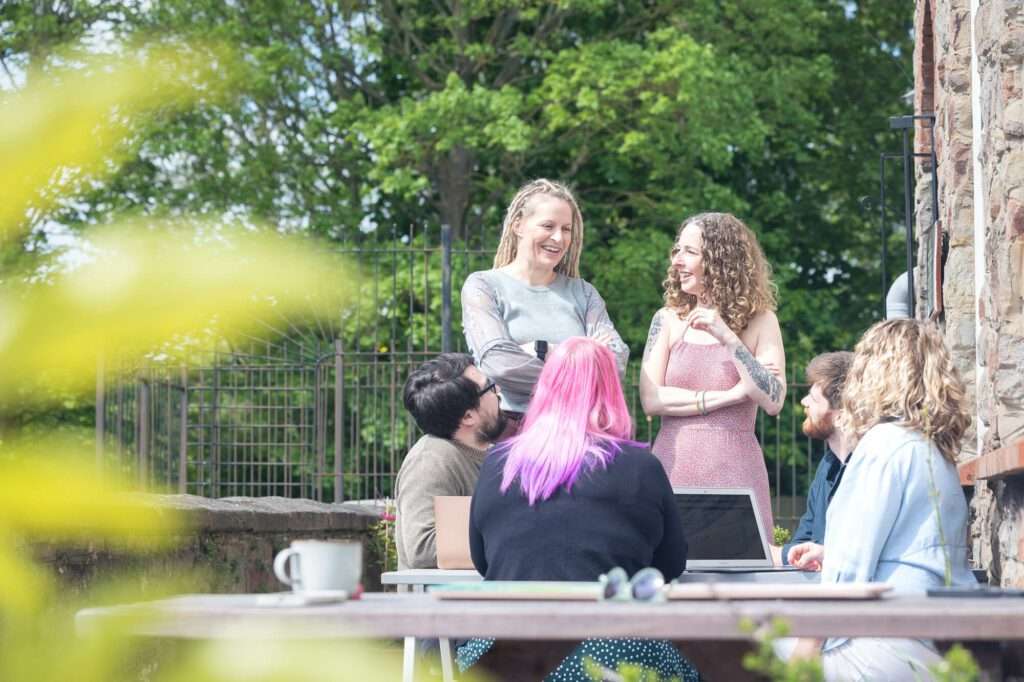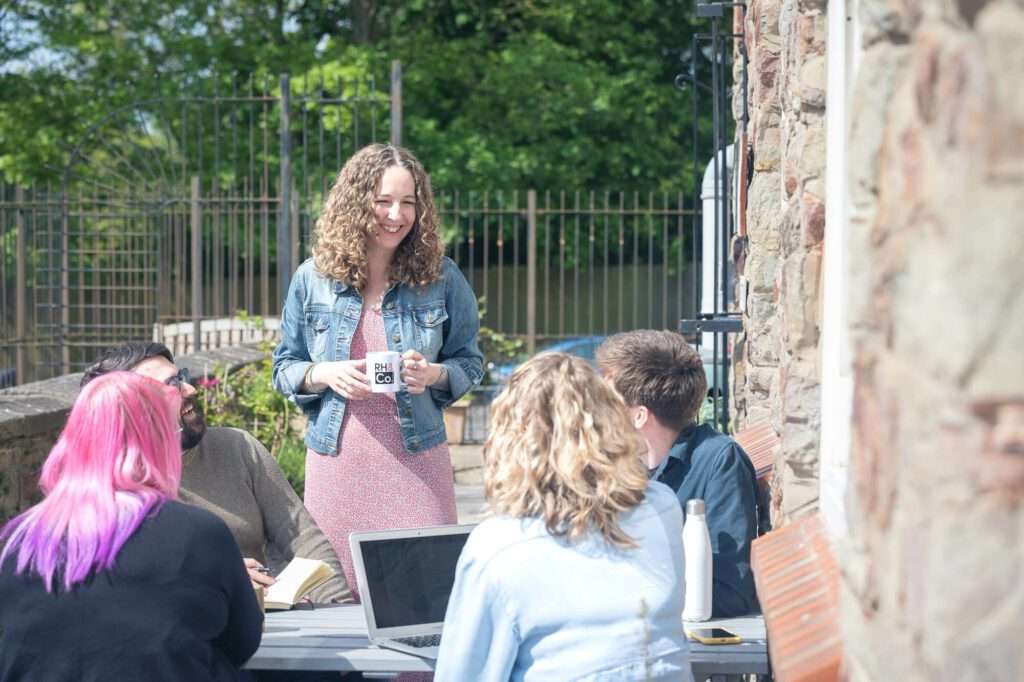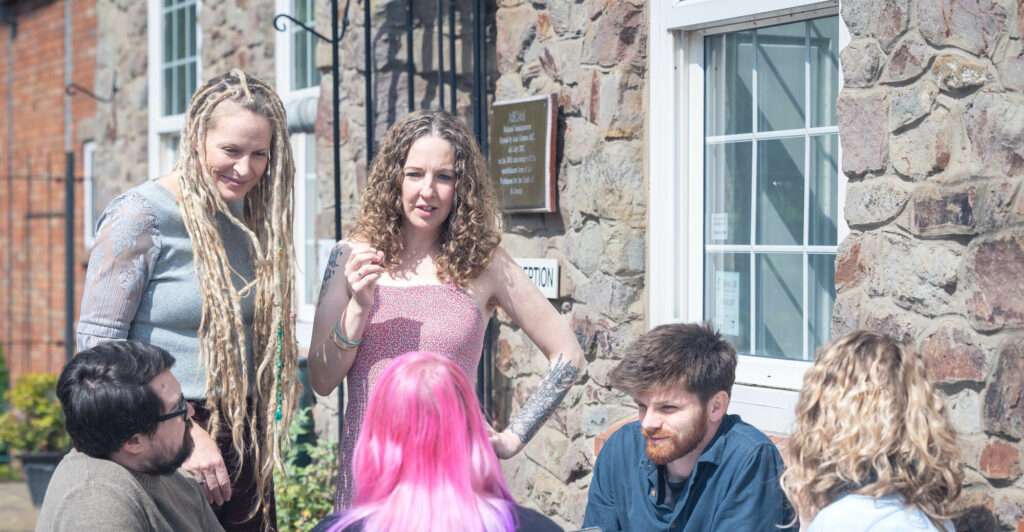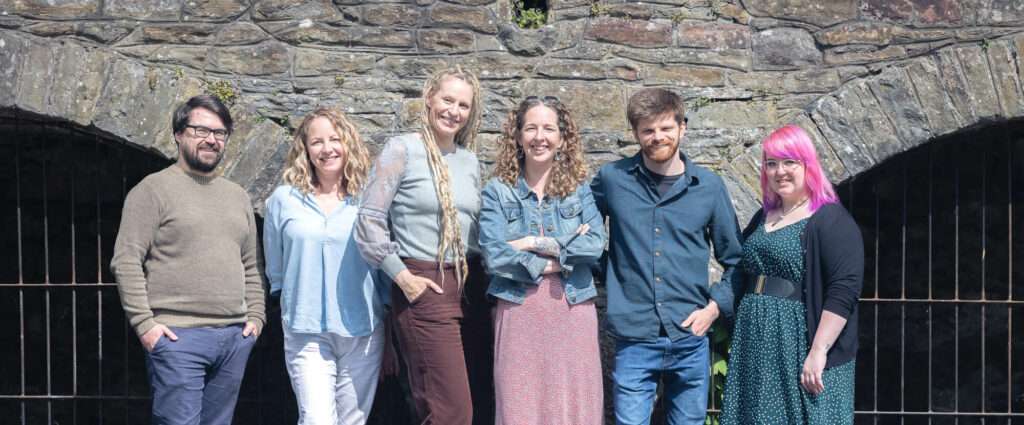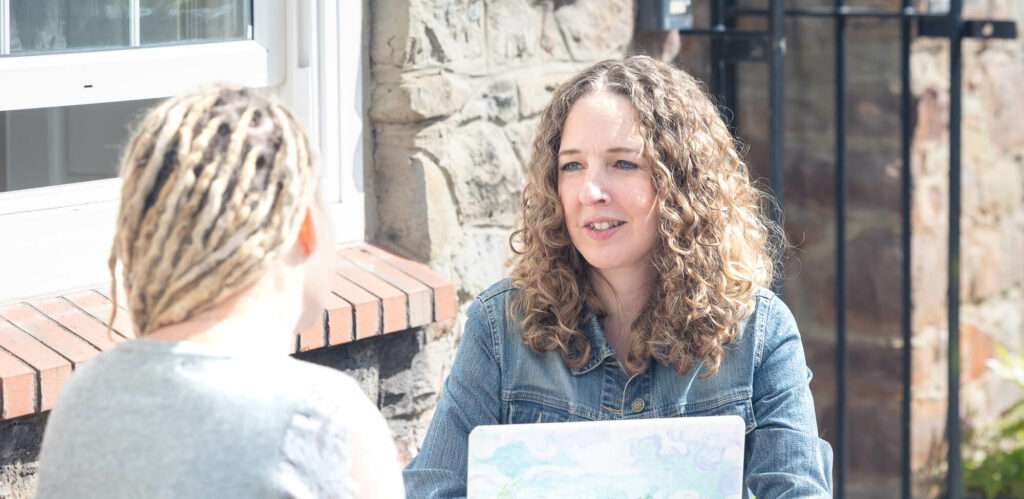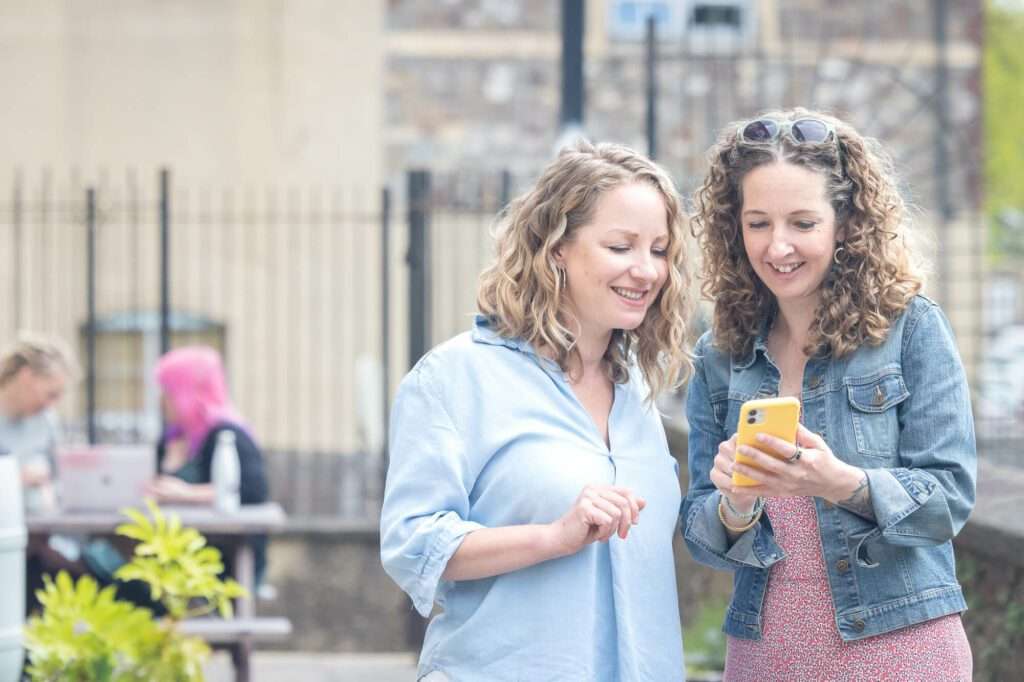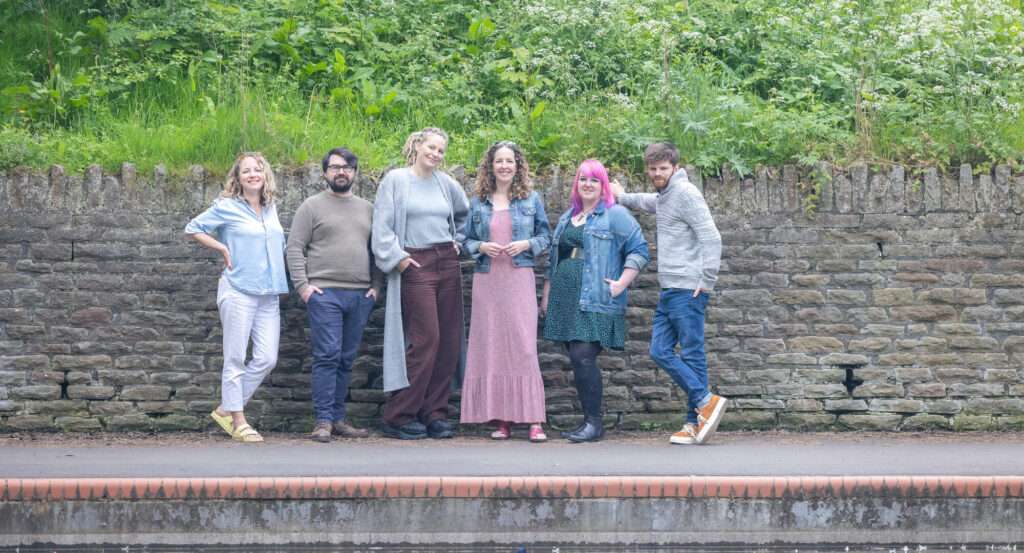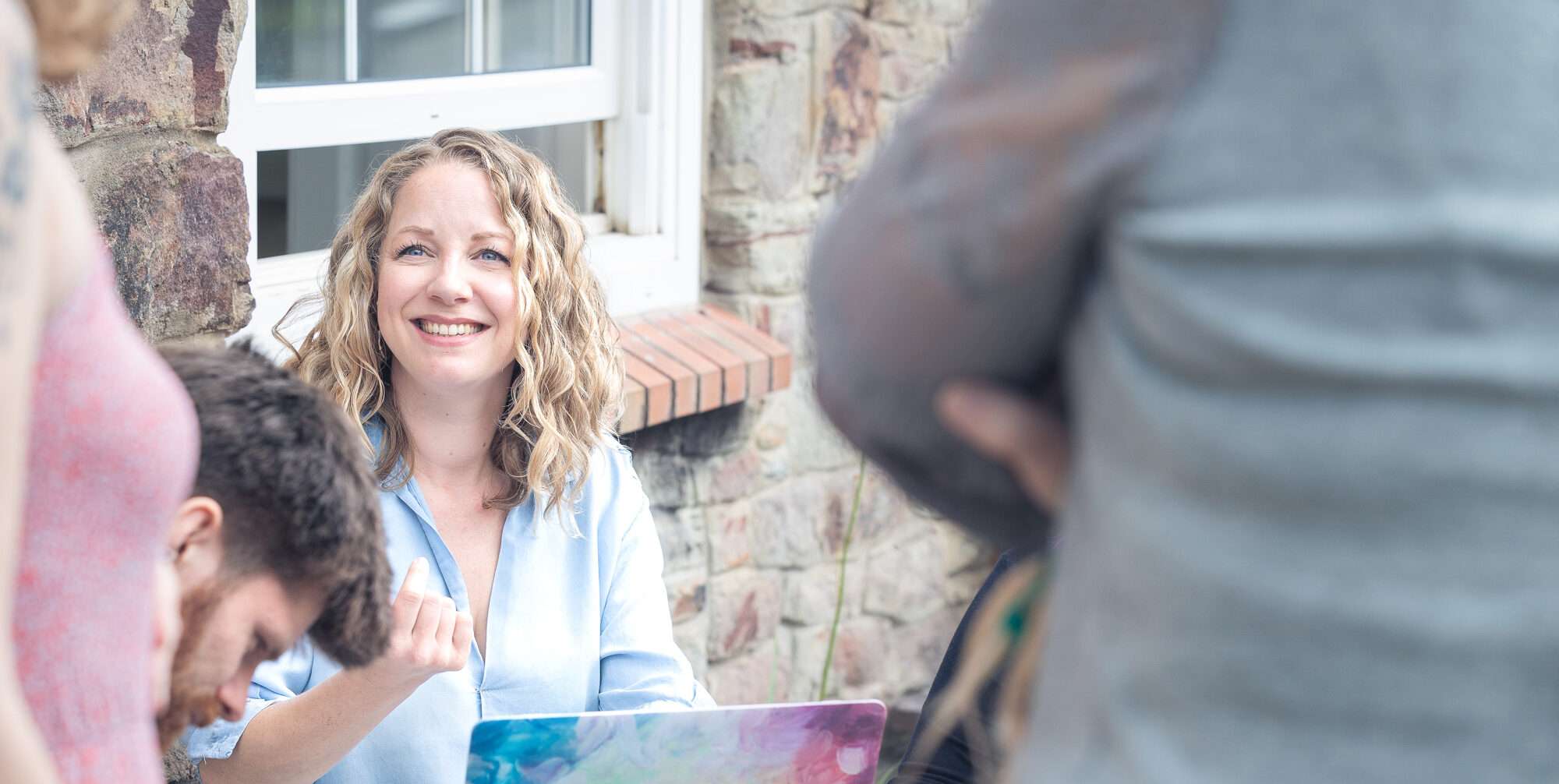
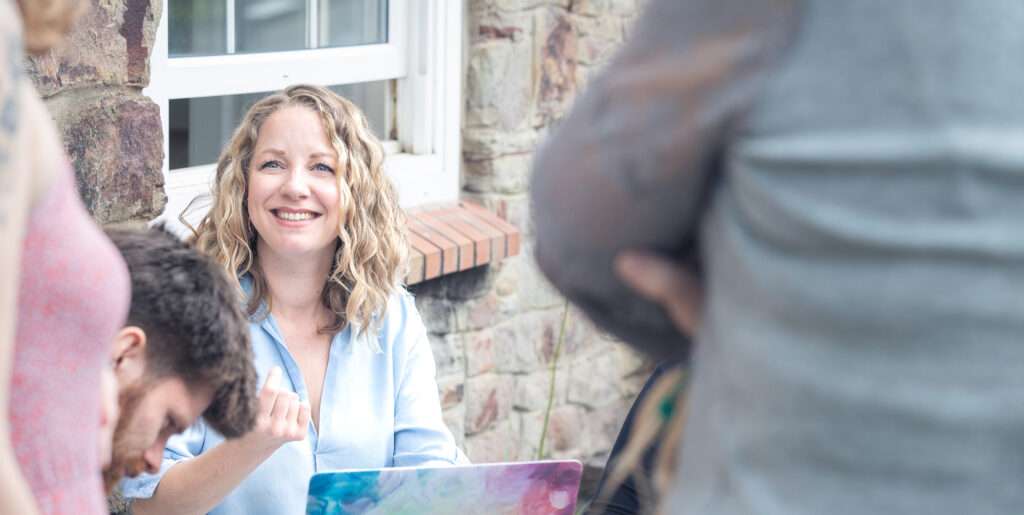
Marketing at each step of the purchase process
Making the decision to spend money takes some thought, and the more money involved, the more thought it needs. Assuming you’re not selling penny sweets, your clients and customers are likely to go through a journey something like this when it comes to their relationship with your brand:
Know – Like – Trust – Try – Buy – Repeat – Refer
This is a helpful way to think about your marketing, which should be meeting customers wherever they are along that path. And each stage will have a particular style of marketing that suits it. Although you’ll need to experiment to see what works best for your brand, here are a few ideas to get you started…
Know
Brand awareness is an important marketing goal but it can be hard to track ROI (return on investment). The key is to target fairly widely while keeping costs low. For that reason, social media is a good option at this stage. Make sure that you’re very clear about differentiating yourself from the competition, and be sure to clearly communicate your core brand values, benefits and so on from the outset.
Like
If you’ve done your client personas, you’ll know exactly what your target audience wants and needs, which means it shouldn’t be too hard to get them to like your brand. You can use pretty much any kind of media to engage your audience at this stage – blog posts, video, social – so long as it adds value for them. Creating personalised and segmented content will help get them to the like stage much more quickly.
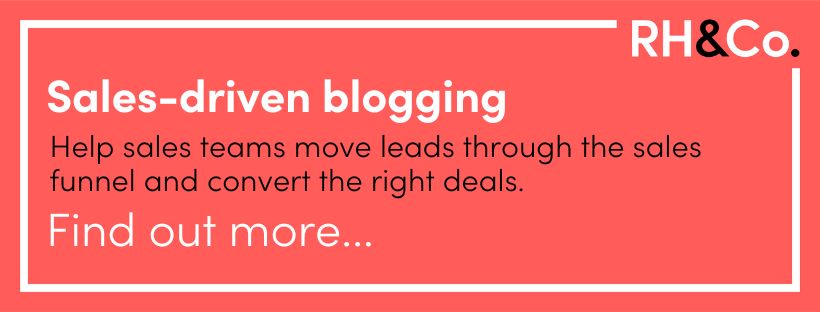
Trust
People are far more likely to buy from you if someone they know or respect endorses you. Testimonials, case studies and referrals on platforms like LinkedIn can go a long way to building trust, so don’t neglect this aspect of your marketing. Establishing expertise is another important way to build trust, and this can be done very effectively via a blog or vlog, or by being quoted as an expert in relevant press.
Try
Promotional offers are a great way to get people to try your products and services, reducing the amount of thought they need to put into the transaction by reducing the price. But some brands prefer to avoid discounting as a strategy. In that case, you could offer a taster product or service. For example, free webinars or low cost workshops are a popular way for service businesses to get people trying what they have to offer. The equivalent in retail might be sample size perfumes.
Buy
This is the stage where you leave the realm of marketing, and step sideways into sales. But don’t ditch your marketing hat completely. If you’ve got a potential buyer who is wavering, you’ll need to support their transition to the sale by reinforcing all the messaging you’ve used in the stages leading to this moment, especially the ones around trust. That’s why testimonials on a sales pages are an absolute must.
Repeat
If you think that once people have reached the buy stage you can forget about marketing, I’m afraid you’re wrong! If you’ve spent all this time getting a client on board, it would be frustrating for them to disappear after one transaction. Capturing email data at this stage is vital so you can use it to follow up and ensure that the aftercare they get reinforces their great customer experience so far.
Refer
Getting referrals from happy clients is the holy grail of marketing, but most businesses forget to ask for them. There’s nothing wrong with a follow up email a week or two after a sale has been made or a job completed, checking on how everything is going, whether your customer would be happy to write a testimonial or refer you to someone they know who might be looking for something similar. You could even incentivise referrals, for example offering discounts to both parties for any work that comes from it.
Thinking through your customer’s buying journey like this will help you create the right message for the right stage, and should get more people to ‘buy’ and beyond. As always, experiment and don’t hesitate to ask for feedback when people reach the buy stage to find out what helped them along the way.




